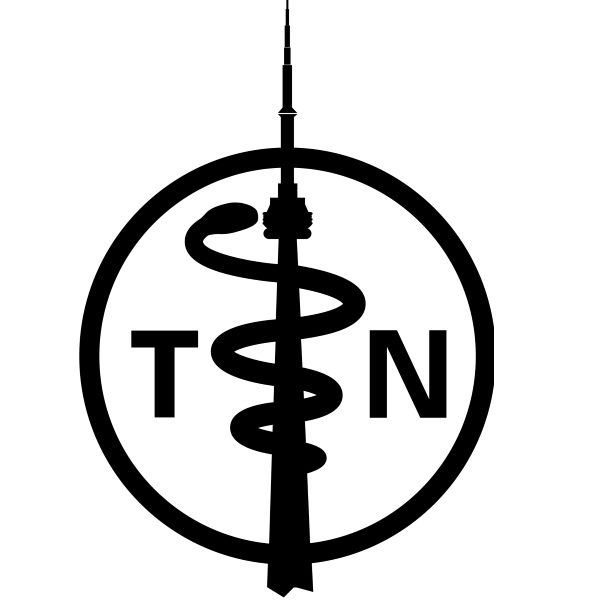Deep Tendon Reflexes
Examination Technique:
- Queen Square hammer preferred to shorter tomahawk hammer.
- the patient should be relaxed.
- explain to the patient the examination technique.
- before concluding that reflexes are absent, have the patient re-enforce by performing an isometric contraction of other muscles (e.g. clench teeth or opposite limb for upper extremity reflexes or pull hooked fingers apart for lower extremity reflexes).
- before concluding that ankle reflexes are absent, position the patient in a chair by having them kneel where one would normally sit, squeeze the back of the chair for reinforcement, on your count of three, just as you deliver the strike to the Achilles’ tendon which should be gently stretched by passive dorsiflexion of the ankle.
Deep tendon reflexes tested:
- Upper extremities: biceps (C5, C6), brachioradialis (C5, C6), triceps (C6, C7), finger flexors (C6-T1)
- Lower extremities: knee or patellar (L2, 3, 4), ankle (S1, S2)
- Superficial reflexes: Abdominal – above umbilicus (T8, T9, T10) and below umbilicus (T10, T11, T12).
Reflexes are graded using a 0 to 4+ scale:
0 absent
1+ hypoactive
2+ normal
3+ hyperactive without clonus
4+ hyperactive with clonus
Babinski Response
- explain the examination technique to the patient and ask them to relax.
- stroke the lateral aspect of the sole of each foot and then come across the ball of the foot medially with a sharp object.
Normal Response:
the normal response is plantar flexion of the large toe although a response may be difficult to obtain in ticklish individuals where there may be a strong withdrawal.
Abnormal Response:
an abnormal response is extension of the large toe which may be accompanied by fanning of the toes and at times flexion of the knee and hip.
Clonus
If reflexes are hyperactive, test for ankle clonus.
ask the patient to relax.
support the knee in a partly flexed position.
quickly dorsiflex the foot and observe for rhythmic clonic movements.
Abdominal Reflexes
- explain the examination technique.
- the patient should be lying down and relaxed with their arms by their side.
- a blunt object such as a key or tongue blade may be used (A safety pin may also be used as long as the stimulus is delivered lightly).
- stroke the abdomen lightly on each side in an inward direction above and below the umbilicus.
- note the contraction of the abdominal muscles and deviation of the umbilicus towards the stimulus.
Normal Response:
- Some studies indicate that up to 10% of people with no nervous system disease may have absence of one or more of the deep tendon reflexes. In general however, deep tendon reflexes are rarely absent in normal persons if the technique of eliciting them is adequate. Note that the reflex response depends on the force of the stimulus. Reflexes should be symmetrical.
- some individuals especially young anxious people may have brisk reflexes which are not necessarily pathological. There should be no asymmetry.
- usually clonus is abnormal although a few beats of non-sustained transient clonus may occasionally be seen.
- abdominal reflexes are usually obtainable in healthy non-obese individuals. They may be absent in obese individuals or those with lax abdominal musculature. Local diminishment or absence, suggests a disturbance in the continuity of the reflex arc (afferent nerve, motor center, efferent nerve). Loss, when associated with exaggeration of deep tendon reflexes implies a pyramidal tract lesion.
